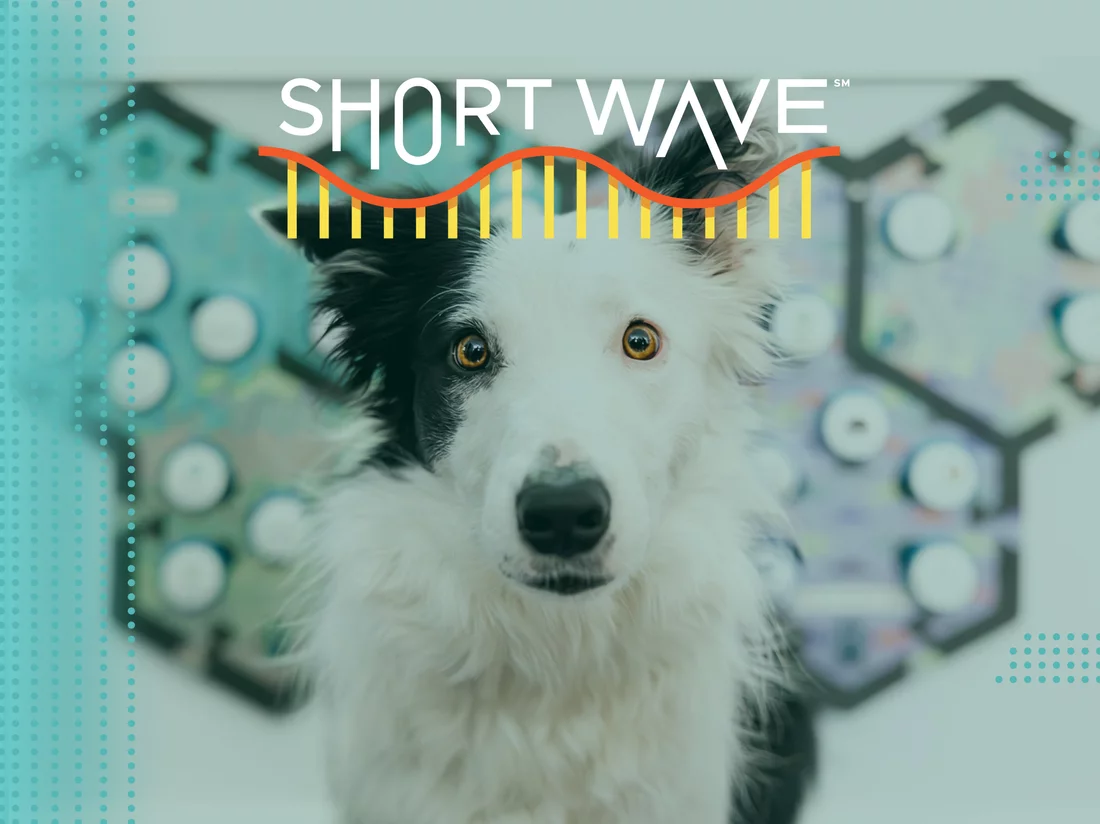Bunny, a dog renowned for her ability to seemingly communicate with her owner using a soundboard of buttons, has captured widespread attention. Each button triggers words like “outside,” “play,” and “ouch.” In a well-known video, Bunny presses the “ouch” button, and when asked where it hurts, she eventually hits the “paw” button, revealing a piece of wood causing her pain.
This interaction raises intriguing questions about whether dogs can genuinely understand and use these words. Before scientists can determine if Bunny and other dogs are effectively communicating, they need to first address a fundamental question: Do dogs comprehend the words they hear when a button is pressed?
A recent study published in PLOS One provides some answers. “Comprehension must come before production,” explains Federico Rossano, a cognitive scientist at the University of California, San Diego and the study’s lead author. “Just as children first learn what ‘ball’ and ‘milk’ mean before asking for them, dogs must understand the words before they can use them.”
The preliminary study, which involved about 60 dogs, found that dogs do appear to understand words like “play” and “outside,” regardless of whether these words are spoken or triggered by a button. Notably, the dogs demonstrated comprehension without relying on contextual cues such as their owner’s body language or physical props.
“The fact that dogs can grasp any language at all is remarkable,” says Alexandra Horowitz, a professor of animal cognition at Barnard College, who was not involved in the study. “It highlights their attention, cognitive capacity, and adaptability, especially given that they don’t have a natural system for understanding language.”
The next step in this line of research is to explore whether dogs like Bunny are truly using buttons to communicate or if they are simply responding to prompts. Rossano and his team are launching an extensive community science project involving around 10,000 dogs, 700 cats, and even some horses, goats, and pigs.
This ambitious study aims to uncover whether our pets genuinely want to engage in conversation with us or if they view us more as a source of rewards. Additionally, Horowitz is interested in future research into how dogs might communicate through smells rather than words.
